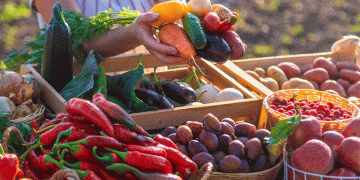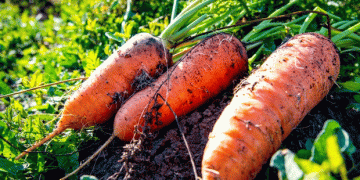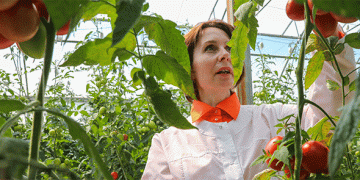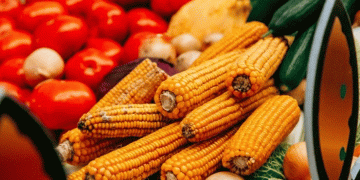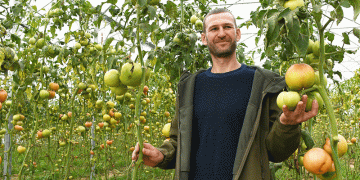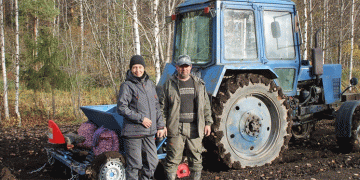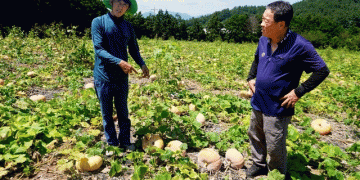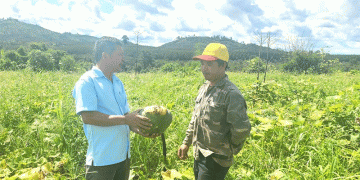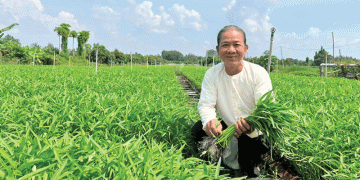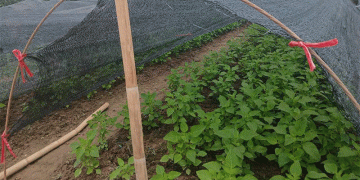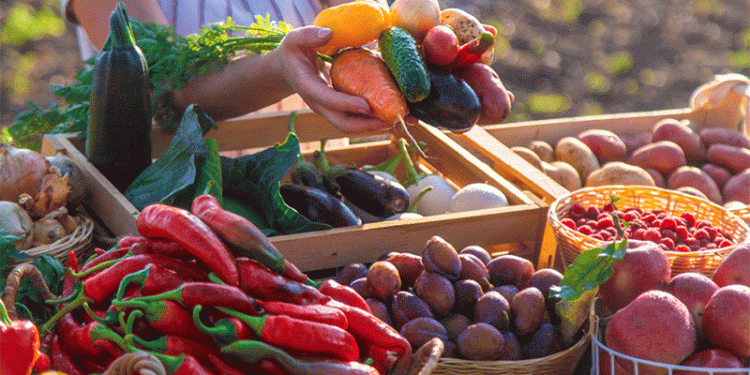The European Union’s agricultural landscape in 2024 is marked by contrasting fortunes for its vegetable and fruit sectors. According to the latest data, the EU harvested 62.2 million tonnes of fresh vegetables (including melons), a significant 6% increase over the 2023 total of 58.8 million tonnes. This growth was driven by strong performances in key crops: tomato production rose 5% to 16.8 million tonnes, carrots increased 6% to 4.7 million tonnes, and onions saw a substantial 11% jump to 7 million tonnes. The vegetable market is dominated by a triumvirate of producers: Spain (14.8M tonnes), Italy (13.9M tonnes), and France (5.8M tonnes), which together account for 55% of the total EU harvest.
Conversely, the production of fruits, berries, and nuts (excluding citrus, grapes, and strawberries) experienced a 2% decrease, settling at 24.3 million tonnes. The apple harvest, a cornerstone of EU fruit production, reached 11.6 million tonnes but was 4% lower than in 2023. Pear and peach production showed modest growth, increasing by 2% each to 1.9 million tonnes and a concentrated harvest, respectively.
Geographic Concentration and Market Specialization
The data reveals a high degree of geographic specialization. Italy is the undeniable leader in tomatoes, producing 36% of the EU’s total, followed by Spain (27%). The carrot market is led by Germany (18%), while the Netherlands is the onion champion, responsible for 26% of the union’s supply. This concentration is even more pronounced in fruit. Poland (29%), Italy (21%), and France (17%) dominate apple production, and a staggering 91% of the EU’s peaches come from just three countries: Spain (37%), Italy (33%), and Greece (21%).
This specialization underscores the importance of regional climate and expertise but also highlights potential vulnerabilities in the supply chain due to localized weather events or pests. A 2024 report from the European Commission’s Joint Research Centre warned that climate change-induced weather variability is an increasing risk to such concentrated production hubs, emphasizing the need for diversified sourcing and resilient agricultural practices.
The 2024 EU harvest data paints a picture of a dynamic and strategically focused agricultural bloc. The strong growth in vegetable production demonstrates efficient responses to market demands, while the slight dip in fruit yields may reflect broader challenges like climate variability. The high concentration of specific crops in certain member states is a testament to successful specialization but also serves as a critical reminder of the need for robust risk management strategies to ensure the stability of the European food supply in the face of growing environmental pressures.
